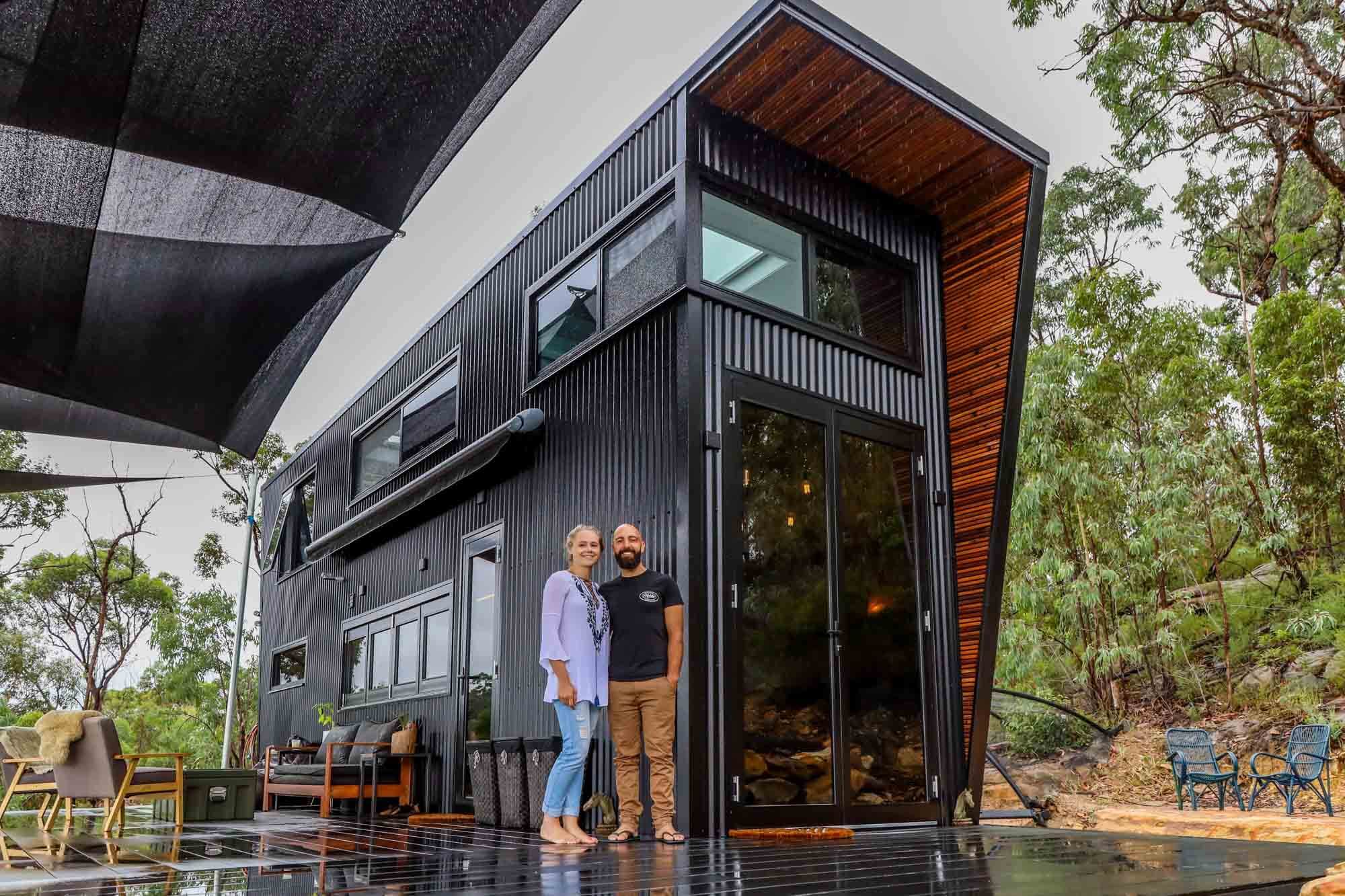
Introduction
The modern tiny house movement has gained significant popularity in recent years. These small and beautifully designed homes offer a unique and sustainable way of living. With their minimalist approach and efficient use of space, modern tiny houses have become a solution for those seeking a simpler lifestyle.
Design and Architecture

Modern tiny houses are known for their innovative design and architecture. These homes often feature clean lines, open floor plans, and large windows that allow for natural light to flood the space. The use of sustainable materials and energy-efficient systems is also a common characteristic of modern tiny houses.
Space Optimization
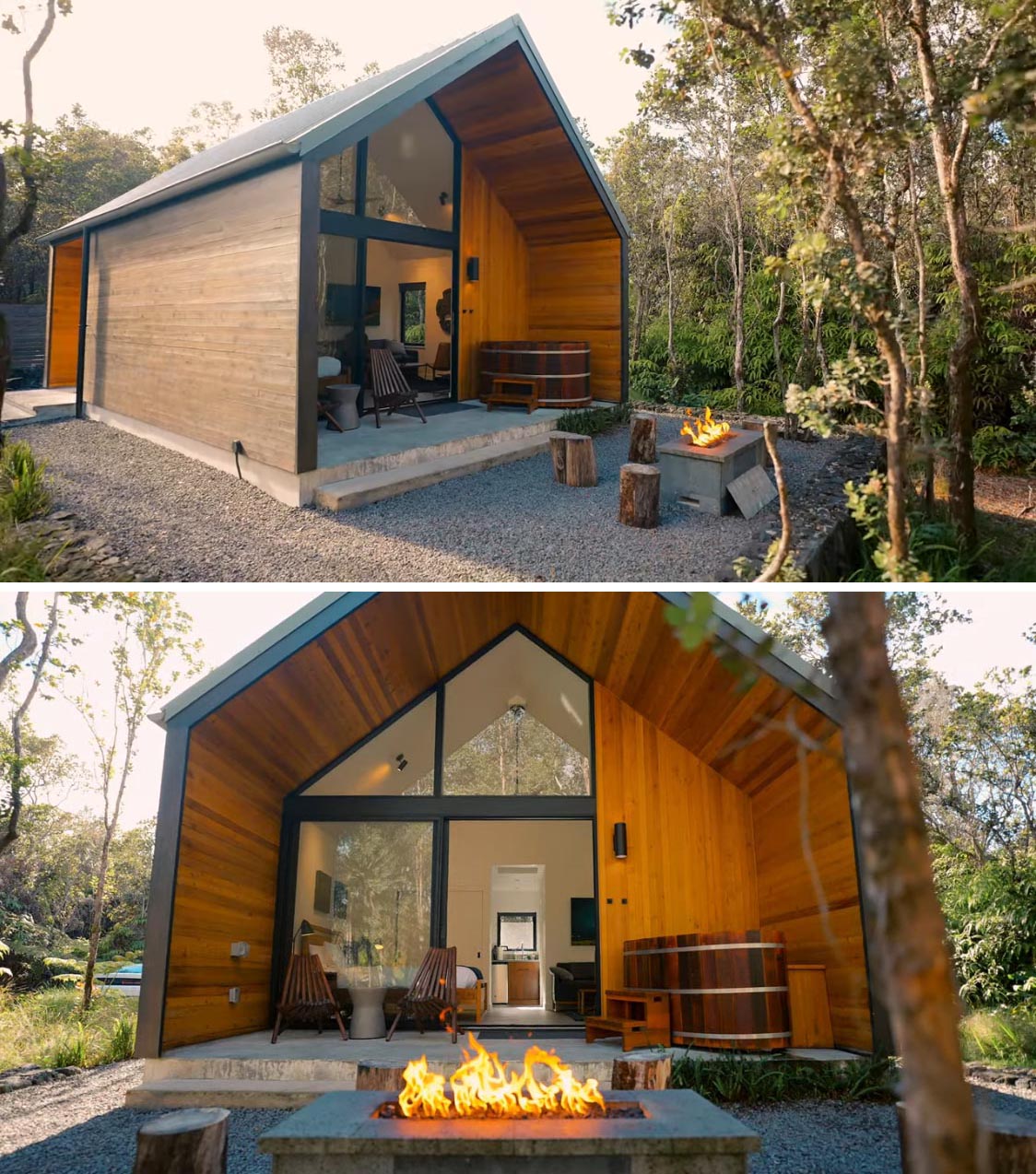
One of the main challenges in designing a modern tiny house is maximizing the use of limited space. Clever storage solutions, such as built-in cabinets and multifunctional furniture, are essential in creating a functional living environment. Every inch of the tiny house is carefully planned to ensure that no space goes to waste.
Minimalism
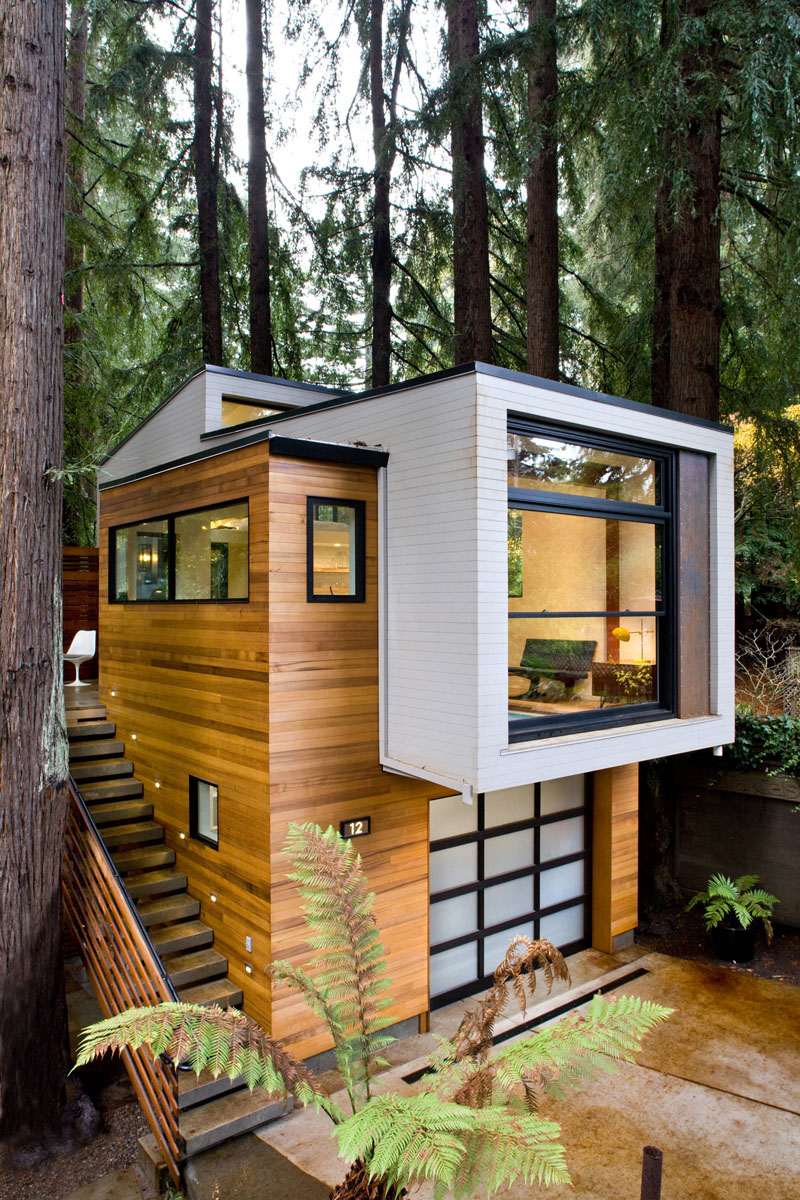
Modern tiny houses embrace the concept of minimalism. The idea is to live with less, focusing on what is essential and eliminating unnecessary clutter. By adopting a minimalist lifestyle, individuals can reduce their environmental footprint and live a more intentional and meaningful life.
Sustainability

Sustainability is a key principle in modern tiny house design. These homes are often built with eco-friendly materials and incorporate energy-efficient appliances and systems. Many tiny house owners also choose to install solar panels and rainwater collection systems, further reducing their impact on the environment.
Mobility
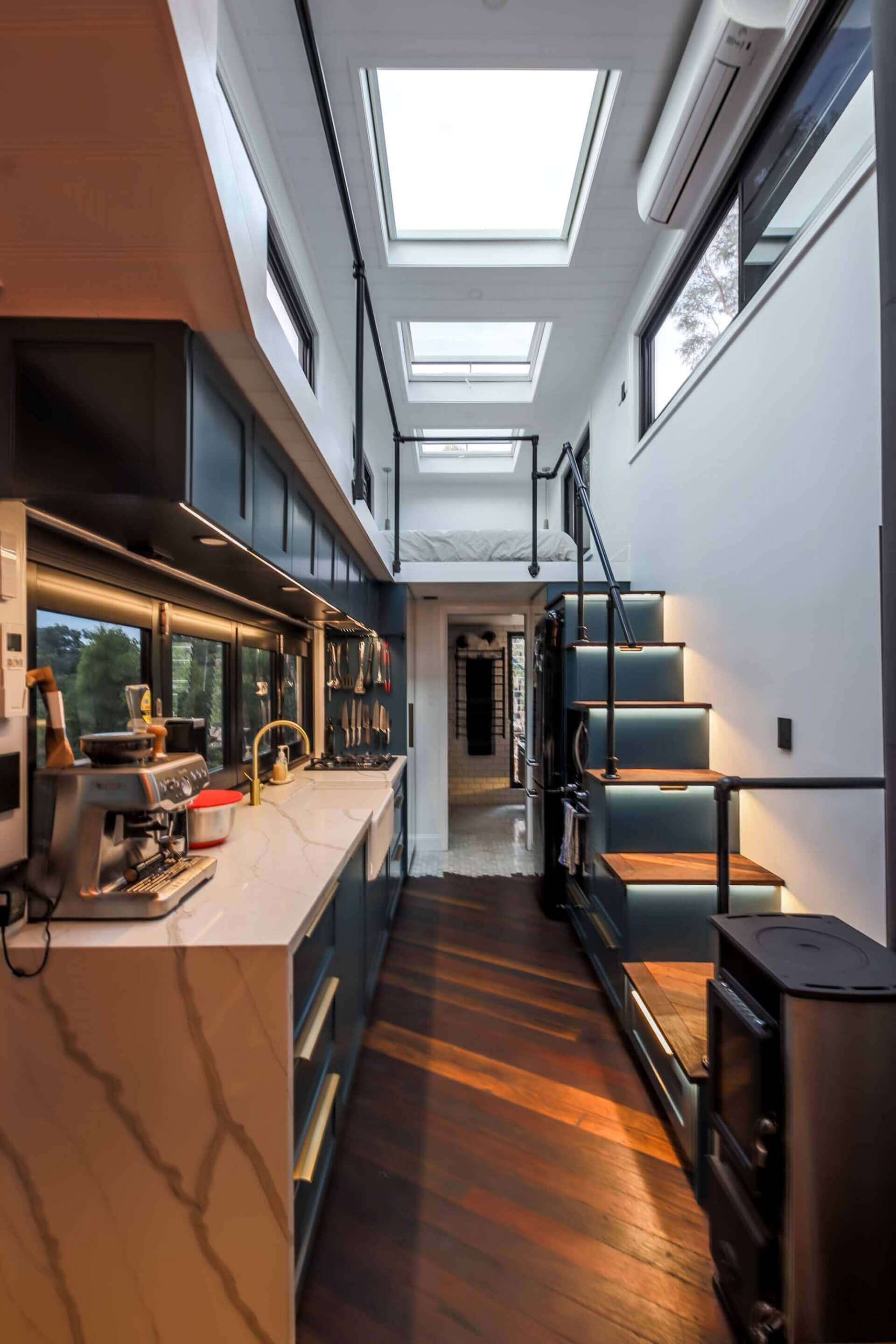
One of the advantages of modern tiny houses is their mobility. Unlike traditional homes, tiny houses can be easily transported from one location to another. This flexibility allows homeowners to move their homes to different landscapes or even travel while enjoying the comfort of their own space.
Cost-Effectiveness
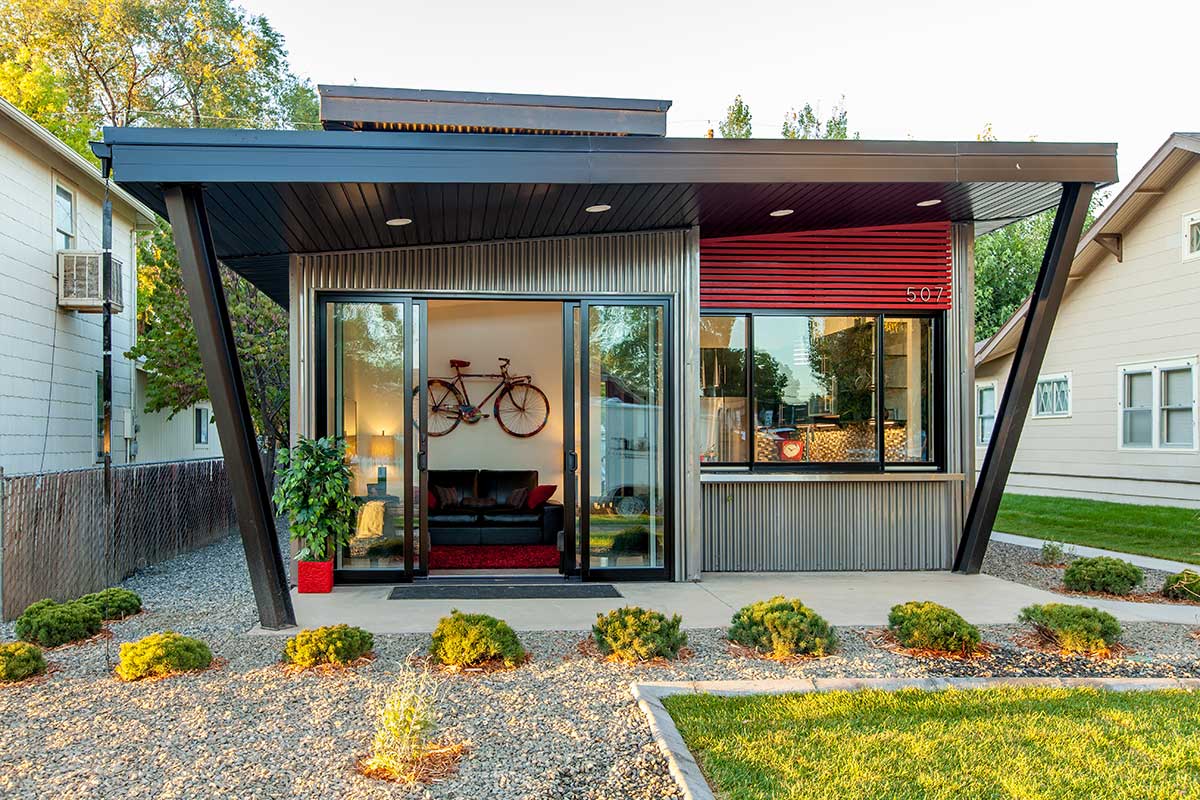
Modern tiny houses offer an affordable alternative to traditional housing. The reduced size means lower construction and maintenance costs. Additionally, tiny houses often have a smaller ecological footprint, resulting in lower utility bills and overall expenses.
Community Living
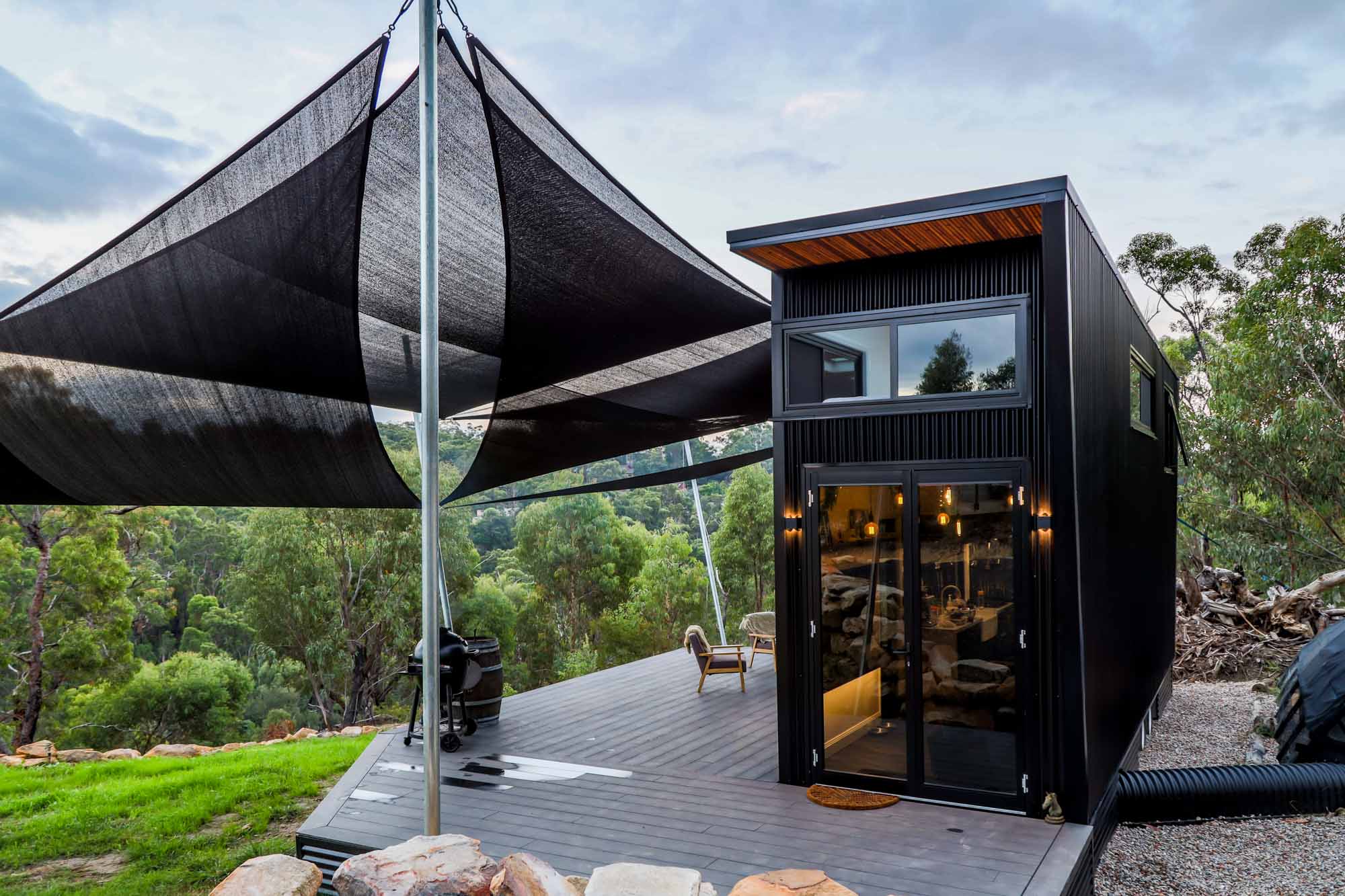
Tiny house communities have emerged as a result of the growing popularity of modern tiny houses. These communities provide a sense of belonging and offer shared amenities, such as gardens and common areas. Living in a tiny house community allows individuals to connect with like-minded people and build lasting relationships.
Challenges

While modern tiny houses offer many advantages, they also come with their own set of challenges. Limited space can be a constraint for some, requiring careful organization and prioritization. Additionally, zoning regulations and finding suitable land can pose difficulties for those interested in owning a tiny house.
Conclusion
Modern tiny houses have revolutionized the way we perceive and experience living spaces. With their emphasis on simplicity, sustainability, and mobility, these small homes offer an attractive alternative to traditional housing. Whether it's for downsizing, reducing environmental impact, or embracing a minimalist lifestyle, the modern tiny house movement provides a unique and inspiring way to live.